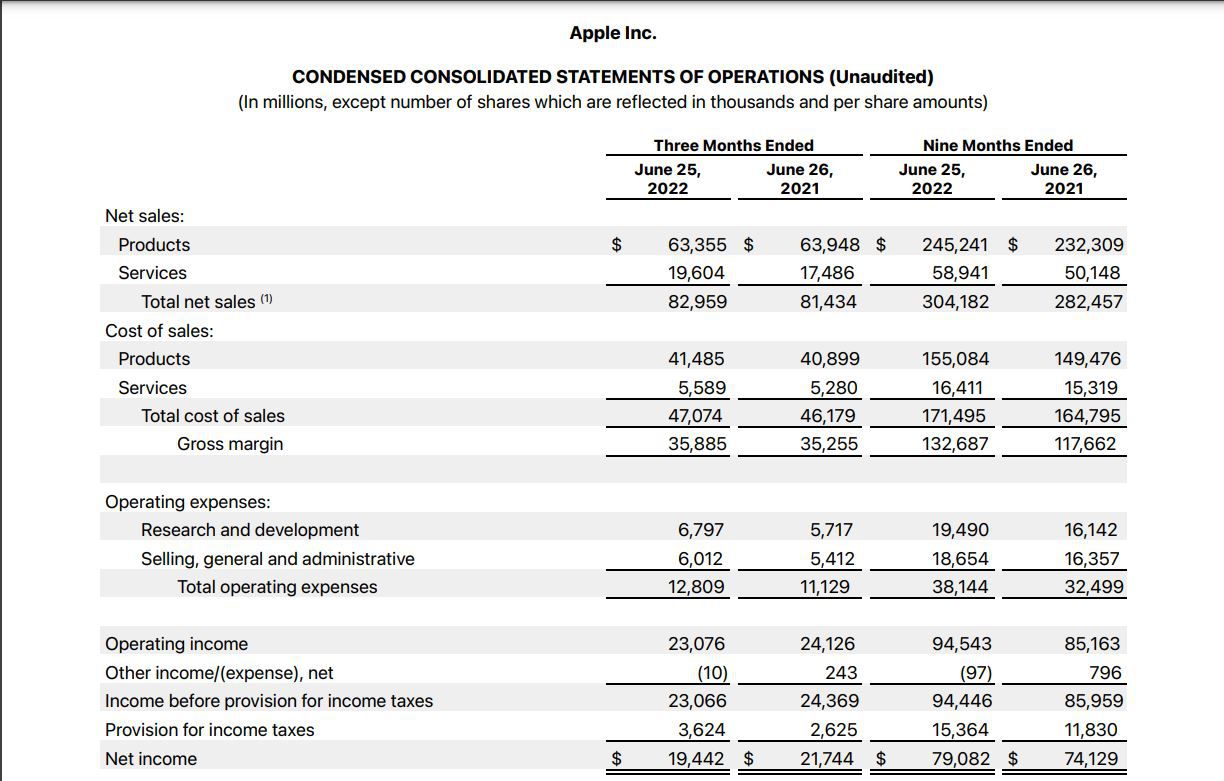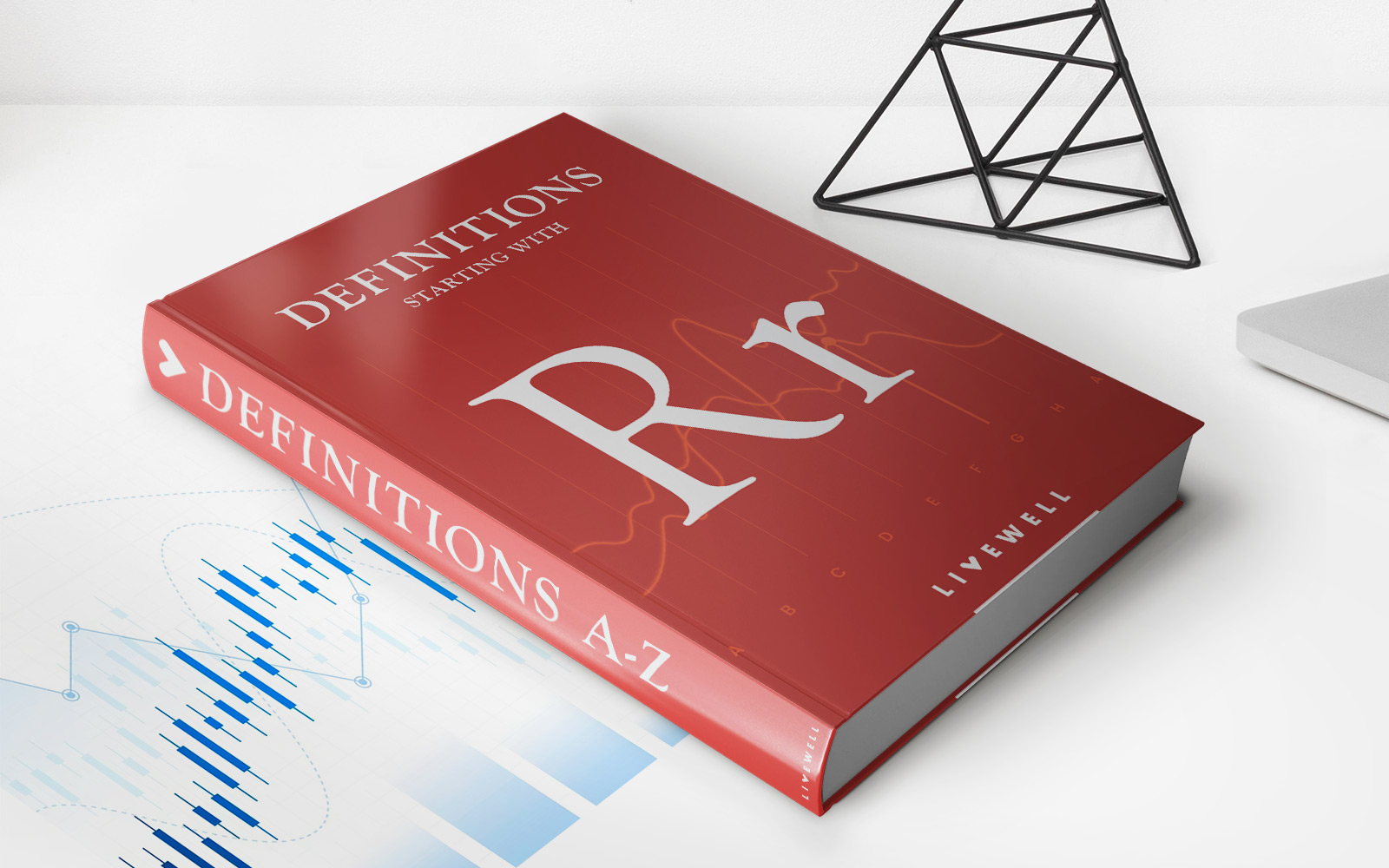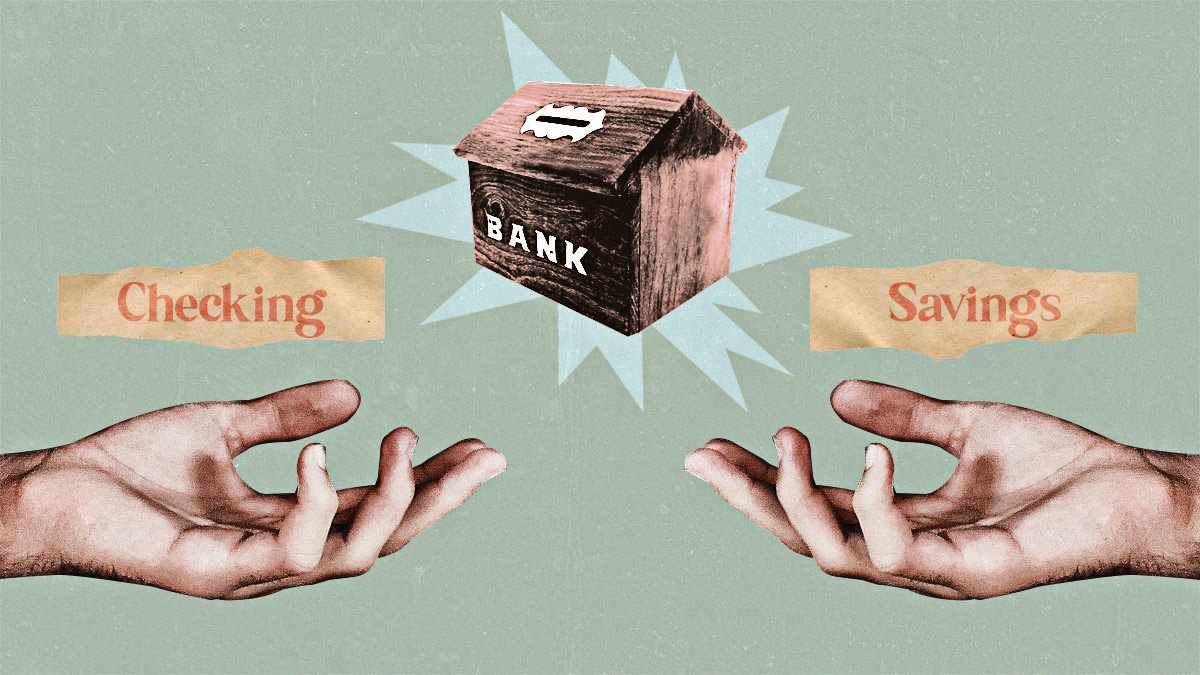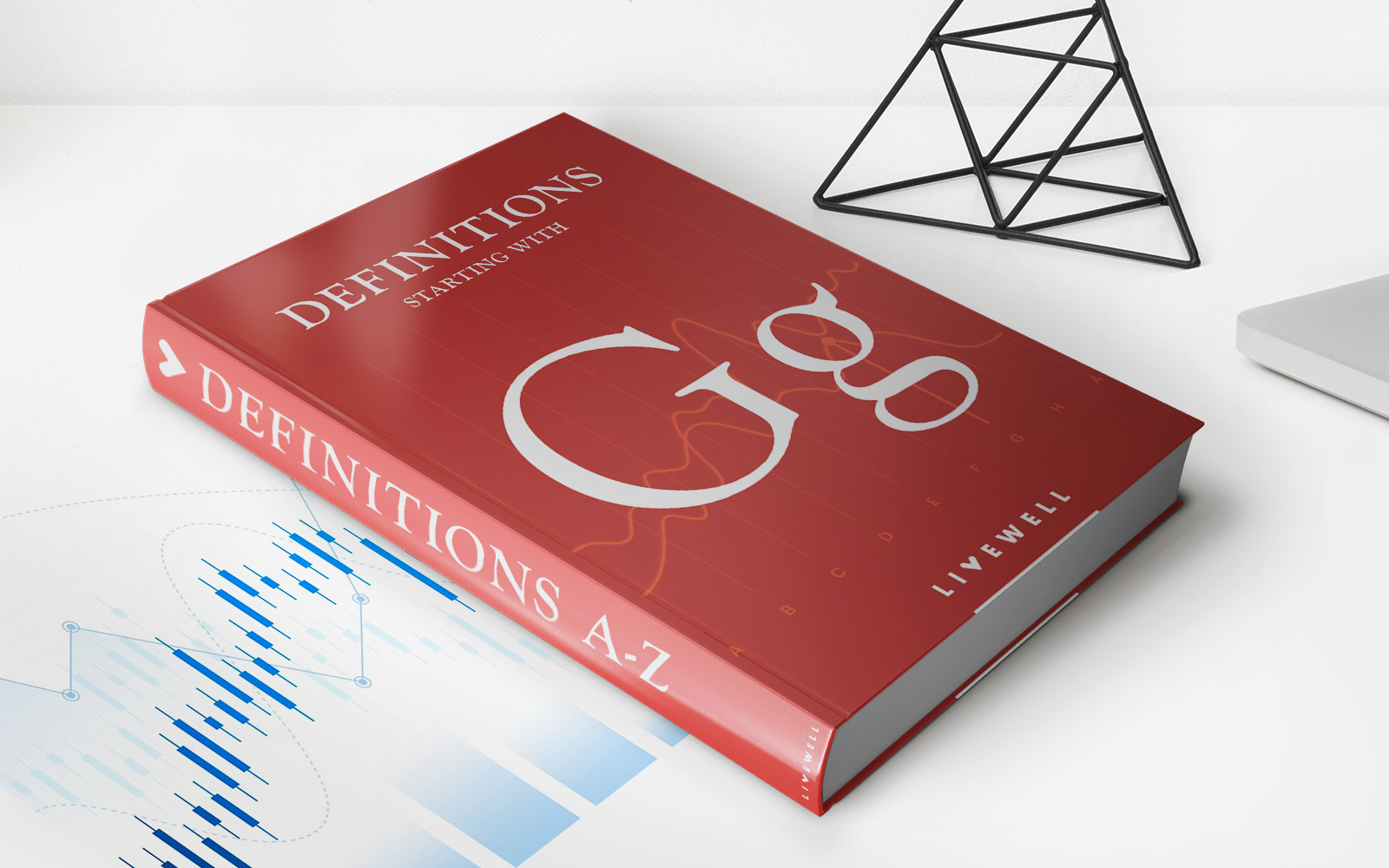

Finance
What Is Rent Expense In Accounting
Modified: March 1, 2024
Learn about rent expense in accounting and its significance in finance. Understand how it impacts financial statements and overall business operations.
(Many of the links in this article redirect to a specific reviewed product. Your purchase of these products through affiliate links helps to generate commission for LiveWell, at no extra cost. Learn more)
Table of Contents
Introduction
Welcome to the world of accounting! In this fascinating field, where numbers tell stories and financial transactions are meticulously recorded, rent expense plays a critical role. Whether you are a business owner, an aspiring accountant, or simply curious about the ins and outs of finance, understanding rent expense is essential.
Rent expense refers to the cost incurred by individuals or businesses for the use of property, equipment, or other assets owned by someone else. It is a common expenditure for both commercial and residential properties, and it needs to be properly recognized and recorded in financial statements.
In this article, we will delve into the definition of rent expense, explore its different types, learn how to recognize and record it, and examine its impact on financial statements. We will also discuss how businesses analyze and manage rent expense to optimize their operations.
So, let’s dive in and unravel the fascinating world of rent expense in accounting!
Definition of Rent Expense
Rent expense is an essential concept in accounting that refers to the cost incurred by individuals or businesses for the use of property, equipment, or other assets owned by someone else. It is a recurring expense that is typically paid on a periodic basis, such as monthly or annually, in exchange for the right to occupy or utilize the rented asset.
For businesses, rent expense is a necessary cost for operating their operations. It allows them to access and utilize physical spaces such as office buildings, retail stores, warehouses, or manufacturing facilities without the need to purchase or own the property outright. Rent expense can also include the cost of leasing equipment, vehicles, or other assets required for business operations.
Rent expense is different from other types of expenses, such as salaries or utilities, as it specifically relates to the use of property or assets. It is important to distinguish between rent expense and other similar expenses, such as lease expenses or leasehold improvements.
Lease expenses refer to the payments made by a lessee to a lessor for the right to use an asset over a specific period. Lease expenses can include both rent payments and additional costs for services or maintenance provided by the lessor. On the other hand, leasehold improvements are costs incurred by a lessee to enhance or modify a leased property to meet their specific needs. These costs are typically capitalized and amortized over the term of the lease.
It is essential for businesses to accurately recognize, record, and track their rent expense to ensure proper financial reporting and budgeting. Understanding the different types of rent expense and how they impact financial statements is crucial for effective financial management.
Types of Rent Expense
Rent expense can take various forms depending on the type of property or asset being rented. Here are some common types of rent expense:
- Commercial Rent: Commercial rent refers to the cost incurred by businesses for renting physical spaces such as office buildings, retail stores, or warehouses. This type of rent expense is commonly paid on a monthly or annual basis and is a significant operating expense for many businesses.
- Residential Rent: Residential rent pertains to the cost incurred by individuals or families for renting residential properties, including apartments, houses, or condominiums. Residential rent is usually paid on a monthly basis and is a primary expense for individuals who choose to live in rented accommodations.
- Equipment Rent: Equipment rent relates to the cost of renting equipment or machinery needed for business operations. This could include items such as construction equipment, production machinery, or vehicles. Some businesses prefer to rent equipment rather than purchasing it outright, especially for short-term or specialized needs. Equipment rent expense is typically recognized as a recurring expense in the income statement.
- Land Rent: Land rent refers specifically to the cost incurred for renting land without any physical structures or assets on it. This type of rent expense is often relevant in agricultural or industrial settings where land is leased for farming, mining, or other purposes. Land rent is usually paid on an annual basis and is accounted for as a recurring expense over the lease term.
- Leasehold Rent: Leasehold rent is the cost incurred by businesses for renting a property and making improvements or modifications to suit their specific needs. Leasehold improvements are typically capitalized and amortized over the lease term, while leasehold rent expense is recognized as a recurring expense during the same period.
These are just a few examples of the different types of rent expense. It is important for businesses and individuals to properly identify and categorize their rent expenses to ensure accurate financial reporting and budgeting.
Recognition and Recording of Rent Expense
The recognition and recording of rent expense in accounting follow a specific process to ensure accurate financial reporting. Here are the steps involved:
- Identify the Rent Agreement: The first step is to identify and review the rent agreement or lease contract that outlines the terms, conditions, and payment terms for the rented property or asset. This agreement serves as the basis for recognizing and recording the rent expense.
- Determine the Rent Period: Next, determine the period for which the rent expense will be recorded. Rent expenses are typically recognized on a monthly or annual basis, depending on the terms of the lease agreement. It is important to align the rent expense with the corresponding reporting period.
- Recognize Rent Expense: Once the rent period is determined, recognize the rent expense in the financial statements. In the income statement, rent expense is typically recorded as an operating expense and subtracted from the revenue to calculate the net income. It is important to record the rent expense accurately, ensuring that it aligns with the recognized period.
- Record Journal Entry: To properly record the rent expense, create a journal entry that debits the rent expense account and credits the corresponding cash or accounts payable account. The specific accounts used may vary depending on the accounting system and chart of accounts used by the business.
- Reconcile Payments: Regularly reconcile the rent payments made with the recorded rent expense. This ensures that the recorded expense aligns with the actual cash outflows and helps identify any discrepancies or errors in the accounting records.
It is crucial to follow proper accounting principles and guidelines when recognizing and recording rent expense. Consistency and accuracy in recording rent expense contribute to transparent financial reporting and effective budgeting and financial management.
Examples of Rent Expense Transactions
Let’s take a look at some examples of common rent expense transactions that occur in various business scenarios:
- Monthly Office Rent: ABC Company rents office space for $2,500 per month. At the end of each month, the company recognizes a rent expense by debiting the rent expense account for $2,500 and crediting the cash or accounts payable account.
- Annual Warehouse Rent: XYZ Corporation leases a warehouse for $30,000 per year. At the beginning of the year, the company records an annual rent expense by debiting the rent expense account for $30,000 and crediting the cash or accounts payable account.
- Equipment Rental: ABC Manufacturing needs specialized machinery for a short-term project. They decide to rent the equipment for three months at a total cost of $5,000. Each month, ABC Manufacturing records a rent expense of $1,666.67 by debiting the rent expense account and crediting the cash or accounts payable account.
- Residential Rent Payment: John rents an apartment for $1,200 per month. At the end of each month, John pays the rent, and he records a rent expense by debiting the rent expense account for $1,200 and crediting the cash account.
- Land Lease Payment: XYZ Mining Company leases a plot of land for mining operations for $10,000 per year. At the beginning of the year, the company records an annual rent expense by debiting the rent expense account for $10,000 and crediting the cash or accounts payable account.
These examples illustrate different rent expense transactions that businesses and individuals encounter. It is important to record each transaction accurately and align it with the corresponding reporting period to ensure proper financial reporting and management.
Impact of Rent Expense on Financial Statements
Rent expense has a significant impact on a company’s financial statements. Let’s explore how it affects the income statement, balance sheet, and cash flow statement:
Income Statement: Rent expense is recorded as an operating expense on the income statement. It is deducted from the revenues to calculate the net income. Higher rent expenses result in lower operating income and, subsequently, lower net income. This reduction in net income affects profitability ratios and can impact the overall financial performance of the company.
Balance Sheet: Rent expense does not directly impact the balance sheet. However, it indirectly affects the balance sheet through the cash flow statement. Rental payments are recorded as cash outflows, reducing the cash balance on the balance sheet. Additionally, long-term lease agreements that are classified as finance leases will result in the recognition of a lease liability and corresponding right-of-use assets on the balance sheet.
Cash Flow Statement: Rent expense affects the cash flow statement in two ways. First, the cash outflows for rent payments are reported within the operating activities section of the cash flow statement. This reduces the amount of cash available for other purposes. Second, if a company enters into new lease agreements, the cash outflows related to lease payments are reported within the financing activities section, as lease liability repayments.
The impact of rent expense on financial statements is crucial for stakeholders to assess a company’s profitability, liquidity, and financial health. It is essential for companies to properly manage and control their rent expenses to maintain a healthy financial position.
Analysis and Management of Rent Expense
Effective analysis and management of rent expense can contribute to improved financial performance and operational efficiency. Here are some key aspects to consider:
1. Rent Expense Analysis:
Conducting a thorough analysis of rent expense can provide valuable insights into a company’s financial position and operations. This analysis may include:
- Comparing rent expense with industry benchmarks to assess competitiveness and cost efficiency.
- Tracking rent expense as a percentage of revenue or total operating expenses to identify trends and evaluate cost control measures.
- Evaluating the impact of rent expense on profitability ratios to assess the overall financial health of the business.
2. Lease Negotiations:
Efficient lease negotiations can help businesses secure favorable terms and minimize rent expense. Consider the following strategies:
- Researching market rates and property values to negotiate fair rental prices.
- Exploring lease incentives, such as rent discounts or lease renewal options, to lower overall costs.
- Reviewing lease agreements for flexibility in case of changes in business needs or market conditions.
3. Space Optimization:
Efficient space utilization can help reduce rent expense and improve operational efficiency. Consider these approaches:
- Assessing current space needs and exploring options for downsizing or consolidating operations.
- Implementing flexible work arrangements, such as remote work or shared workspaces, to reduce the need for excessive office space.
- Optimizing layouts and workflows to maximize the utilization of existing space.
4. Lease vs. Buy Analysis:
For businesses considering long-term needs, it is important to evaluate the financial implications of leasing versus buying property or equipment. Conduct a lease vs. buy analysis to determine the most cost-effective option and minimize rent expenses in the long run.
5. Risk Management:
Implementing proper risk management practices can help mitigate potential risks and uncertainties associated with rent expense. Consider the following:
- Reviewing and understanding lease agreements, including any clauses related to rent increases or termination.
- Ensuring compliance with lease terms and conditions to avoid potential penalties or legal disputes.
- Monitoring and anticipating changes in rental market conditions that may impact rent expenses.
By analyzing and effectively managing rent expense, businesses can optimize their financial resources, maintain profitability, and make informed decisions regarding their real estate and asset needs.
Conclusion
Understanding rent expense is crucial for individuals and businesses alike. Whether it is commercial rent, residential rent, equipment rental, or land lease, rent expense plays a significant role in financial management and reporting.
In this article, we explored the definition of rent expense, the various types of rent expenses, and the process of recognizing and recording rent expenses. We also discussed how rent expense impacts financial statements, including the income statement, balance sheet, and cash flow statement.
Analyzing and effectively managing rent expense can lead to improved financial performance and operational efficiency. By conducting rent expense analysis, negotiating favorable lease terms, optimizing space utilization, and considering lease vs. buy options, businesses can control costs and make informed decisions.
It is important for businesses and individuals to accurately record and track rent expense to ensure proper financial reporting and budgeting. Following accounting principles and guidelines helps maintain transparency and accuracy in financial statements.
In conclusion, by understanding the dynamics of rent expense and implementing effective management strategies, businesses can optimize their financial resources, maintain profitability, and make informed decisions regarding their real estate and asset needs.














